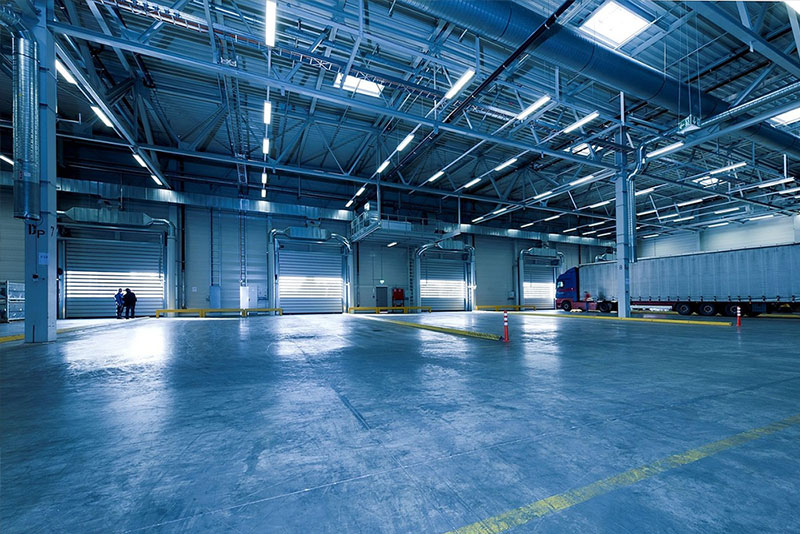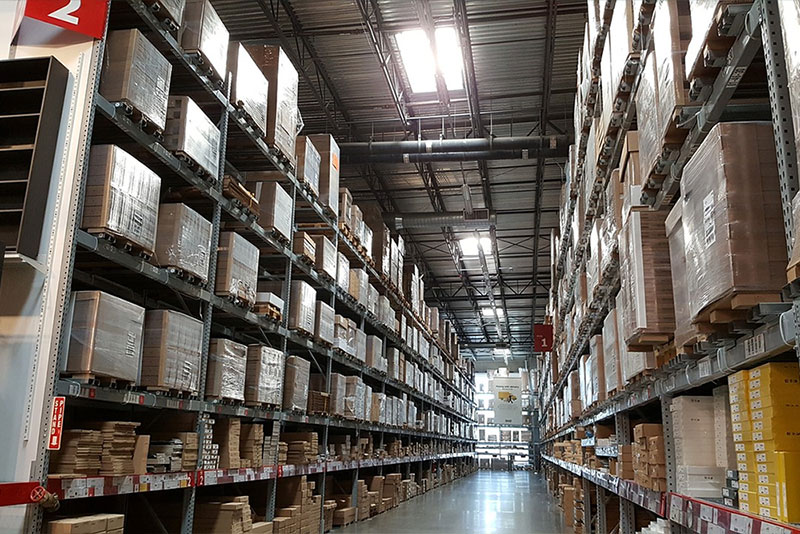Warehousing overhead costs can significantly impact a company's bottom line, making it crucial to implement strategies that optimize efficiency and reduce unnecessary expenses. Here are several actionable steps on how to reduce warehousing overhead costs in the US:

1. Optimize Inventory Management: Efficient inventory management is key to reducing warehousing costs. Utilize inventory tracking systems to maintain accurate stock levels and prevent overstocking or stockouts, which can lead to increased storage and handling expenses.
2. Maximize Warehouse Space: Make the most of available space by organizing inventory strategically. Consider vertical storage solutions, use stackable containers, and implement shelving systems that optimize cubic utilization. Efficient space utilization directly reduces overhead costs per square foot.

3. Implement Lean Principles: Lean manufacturing principles can also be applied to warehousing operations to eliminate waste and improve efficiency. Streamline workflows, minimize handling, and reduce unnecessary movements within the warehouse to cut down on labor and operational costs.
4. Invest in Automation: Automation technologies such as conveyor systems, robotic pickers, and automated storage and retrieval systems (AS/RS) can significantly reduce labor costs and improve accuracy in warehousing operations. While the initial investment may be high, the long-term savings often outweigh the costs.
5. Negotiate with Suppliers and Carriers: Lowering transportation and procurement costs can also contribute to reducing overall warehousing overhead. Negotiate favorable terms with suppliers for bulk discounts or reduced lead times, and optimize transportation routes to minimize shipping expenses.
6. Train and Empower Warehouse Staff: Well-trained employees are more efficient and make fewer errors, which can reduce costs associated with returns, damages, and rework. Invest in ongoing training programs and empower staff to contribute ideas for process improvement.
7. Utilize Data Analytics: Leverage data analytics to gain insights into warehouse operations and identify areas where costs can be reduced. Analyze key performance indicators (KPIs) such as inventory turnover, picking efficiency, and storage utilization to make data-driven decisions.
8. Consider Outsourcing: Depending on your business model and scale, outsourcing certain warehousing functions to third-party logistics providers (3PLs) can be a cost-effective solution. 3PLs often have specialized expertise and infrastructure that can optimize operations and reduce overhead costs.
By implementing these strategies, businesses can effectively reduce warehousing overhead costs in the US while improving overall operational efficiency and customer satisfaction.